
Kód: 04535534
Whipscars and Tattoos
Autor Geoffrey Sanborn
In this original study, Geoffrey Sanborn presents a fresh interpretation of the villanous Magua in James Fenimore Cooper's The Last of the Mohicans (1826) and of the dignified harpooner Queequeg in Herman Melville's Moby-Dick (185 ... celý popis
- Jazyk:
 Angličtina
Angličtina - Vazba: Pevná
- Počet stran: 208
Nakladatelství: OUP USA, 2011
- Více informací o knize

Mohlo by se vám také líbit
Darujte tuto knihu ještě dnes
- Objednejte knihu a zvolte Zaslat jako dárek.
- Obratem obdržíte darovací poukaz na knihu, který můžete ihned předat obdarovanému.
- Knihu zašleme na adresu obdarovaného, o nic se nestaráte.
Více informací o knize Whipscars and Tattoos
Nákupem získáte 334 bodů
 Anotace knihy
Anotace knihy
In this original study, Geoffrey Sanborn presents a fresh interpretation of the villanous Magua in James Fenimore Cooper's The Last of the Mohicans (1826) and of the dignified harpooner Queequeg in Herman Melville's Moby-Dick (1851). Through careful historical research, Sanborn has determined that both authors relied heavily on contemporary accounts of the indigenous natives of New Zealand, the Maori, to develop their iconic characters. Cooper drew heavily on the account of Te Aara in John Liddiard Nicholas's Narrative of a Voyage to New Zealand (1817) while Melville studied the personal history of Te Pehi Kupe in George Lillie Craik's The New Zealanders (1830) to flesh out his characterization of Queequeg. A close reading of the historical evidence and the source material supports this compelling line of argumentation. At the same time, this isn't a simple source study nor an act of explanatory historical recovery. The conception of the Maori is sophisticated and paradoxical, a portrait of violent but nonetheless idealized masculinity in which dignity depends on the existence of fiercely defiant pride. This lens allows Sanborn to present a radically different view of these fictional characters as well as underscoring the imaginative projection that went into reporting on the Maori themselves. Magua is no longer a stereotypical "bad Indian" or "ignoble savage," but rather a non-white "gentleman," an argument that supports Sanborn's contention that throughout his career Cooper prioritizes status equivalence over racial difference. Queequeg is similarly re-imagined, a move that allows Sanborn to explicate scenes in Moby-Dick that are often dodged by other critics because they do not fit with the standard interpretations of the character. The study as a whole provides a vivid example of the fascinating interplay between fiction and non-fiction in the nineteenth century.
 Parametry knihy
Parametry knihy
Zařazení knihy Knihy v angličtině Literature & literary studies Literature: history & criticism Literary studies: general
3342 Kč
- Plný název: Whipscars and Tattoos
- Autor: Geoffrey Sanborn
- Jazyk:
 Angličtina
Angličtina - Vazba: Pevná
- Počet stran: 208
- EAN: 9780199751693
- ISBN: 0199751692
- ID: 04535534
- Nakladatelství: OUP USA
- Hmotnost: 332 g
- Rozměry: 213 × 146 × 20 mm
- Datum vydání: 09. February 2011
Oblíbené z jiného soudku
-
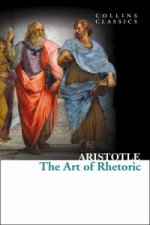
Art of Rhetoric
134 Kč -
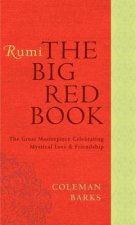
Rumi: The Big Red Book
357 Kč -
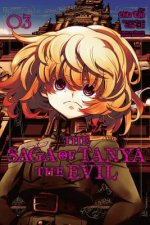
Saga of Tanya the Evil, Vol. 3
271 Kč -
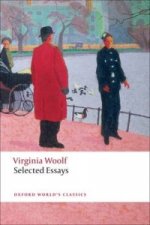
Selected Essays
276 Kč -
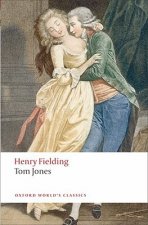
Tom Jones
236 Kč -
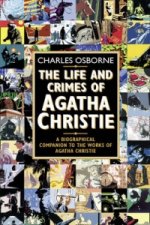
Life and Crimes of Agatha Christie
357 Kč -
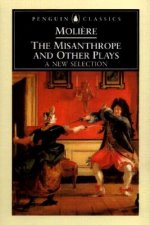
Misanthrope and Other Plays
255 Kč -
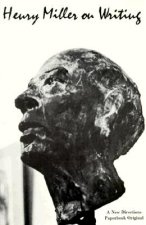
Henry Miller on Writing
424 Kč -
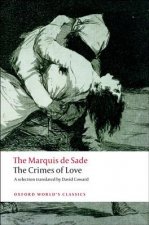
Crimes of Love
276 Kč -

How to Read a Book
303 Kč -
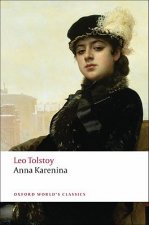
Anna Karenina
218 Kč -

Complete Poems of Hart Crane
416 Kč -
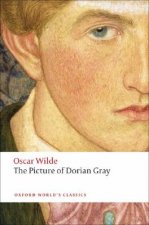
The Picture of Dorian Gray
182 Kč -
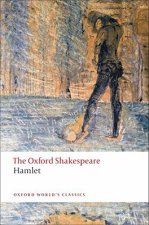
Hamlet: The Oxford Shakespeare
254 Kč -
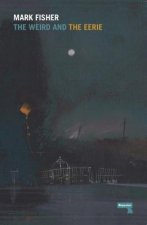
Weird and the Eerie
249 Kč -

Outsider
276 Kč -
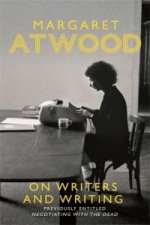
On Writers and Writing
303 Kč -

Measure for Measure: The Oxford Shakespeare
223 Kč -
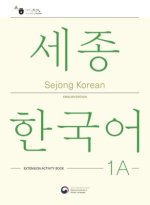
Sejong Korean Extension Activity Book 1A - English Edition, m. 1 Audio
550 Kč -
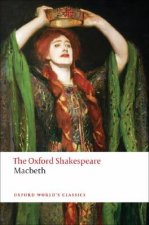
Tragedy of Macbeth: The Oxford Shakespeare
233 Kč -
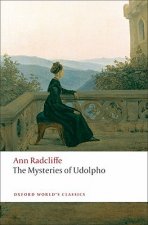
Mysteries of Udolpho
286 Kč -
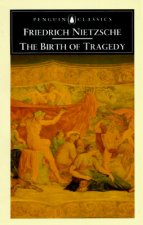
Birth of Tragedy
249 Kč -
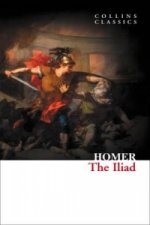
Iliad
104 Kč -
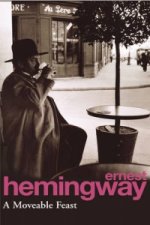
Moveable Feast
254 Kč -
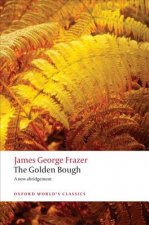
Golden Bough
380 Kč -
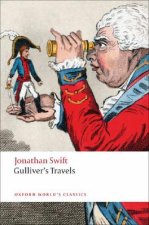
Gulliver's Travels
170 Kč -
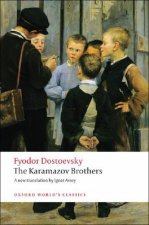
Karamazov Brothers
276 Kč -
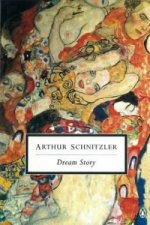
Dream Story
276 Kč -
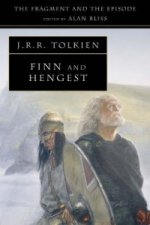
Finn and Hengest
249 Kč -
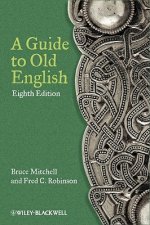
Guide to Old English 8e
1893 Kč -
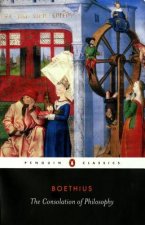
Consolation of Philosophy
276 Kč -
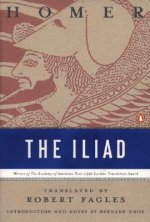
Iliad
416 Kč -

Analysis of Donna Haraway's A Cyborg Manifesto
227 Kč -
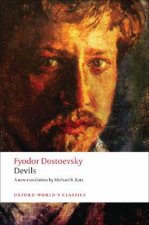
Devils
268 Kč -
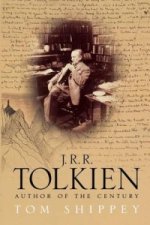
J. R. R. Tolkien
276 Kč -
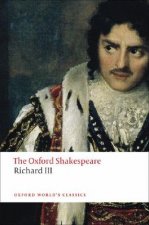
Tragedy of King Richard III: The Oxford Shakespeare
234 Kč -
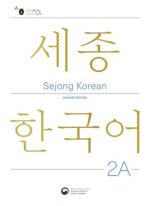
Sejong Korean Student Book 2A - English Edition, m. 1 Audio
732 Kč -
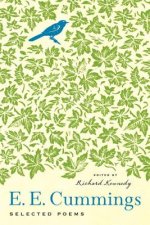
Selected Poems
366 Kč -
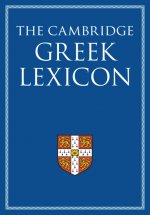
Cambridge Greek Lexicon 2 Volume Hardback Set
2412 Kč -

The Tempest: The Oxford Shakespeare
223 Kč -

Complete English Poems
410 Kč -
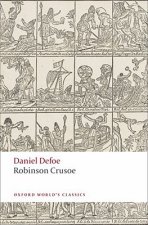
Robinson Crusoe
202 Kč -
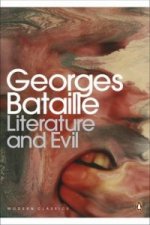
Literature and Evil
303 Kč -
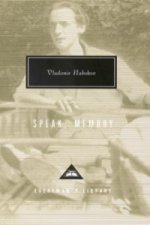
Speak, Memory
494 Kč -

Selected Journals of L.M. Montgomery
518 Kč -
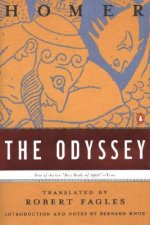
Odyssey
404 Kč -
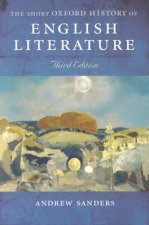
Short Oxford History of English Literature
1301 Kč -
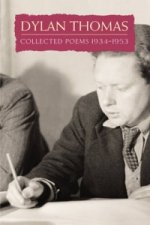
Collected Poems: Dylan Thomas
276 Kč -

Sir Gawain and The Green Knight
223 Kč
Osobní odběr Praha, Brno a 12903 dalších
Copyright ©2008-24 nejlevnejsi-knihy.cz Všechna práva vyhrazenaSoukromíCookies



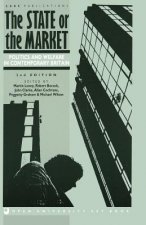


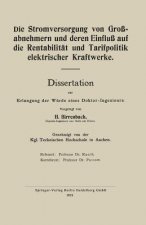
 Vrácení do měsíce
Vrácení do měsíce 571 999 099 (8-15.30h)
571 999 099 (8-15.30h)